My wife and I recently had the opportunity to walk to the summit of Snowdon. It was late April; the weather was “comme-ci comme-ca” and my biggest worry wasn’t which route or how many layers to take, but which camera and what focal length was the most appropriate for the day ahead.
Although I was originally tempted to take my beloved Nikon FM3a, and a fresh roll of Ektachrome, I for once opted for a lighter digital alternative in the form of a Fuji x100F; in light of the “changeable” weather that was predicted and the flexibility of an ISO dial which I could not get on my Nikon.
I also opted to take along my WCL-X100 II to go with it, which had been purchased but rarely used, in order to give me a slightly wider frame without compromising on resolution or optical quality (28mm equivalent). At the back of my mind, I was also very nervous about exposing the FM3a to the elements…
We set about the relatively progressive but longer “Llanberis Path” (9 miles there and back) with my trusty Billingham bag, food, water, waterproofs, spare batteries and a whole day ahead of us…
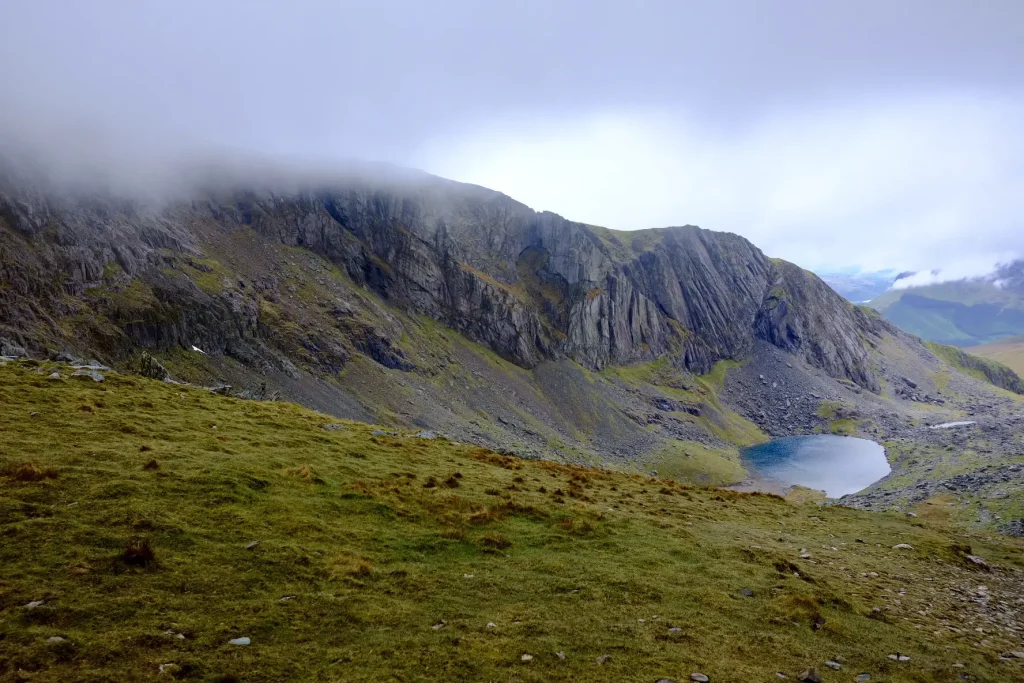
The path proved to be a very photographer friendly route, as the walkway loosely follows and crosses the Snowdon Mountain Railway track a couple of times; whilst the passage of the ancient locomotive and its puffs of white smoke was the perfect excuse to enjoy a short break in the otherwise slow and steady climb to the summit.
The history of the railway is long and distinguished, having consistently carried passengers and holidaymakers alike up and down the mountain since 1896, in all but extreme weather circumstances.
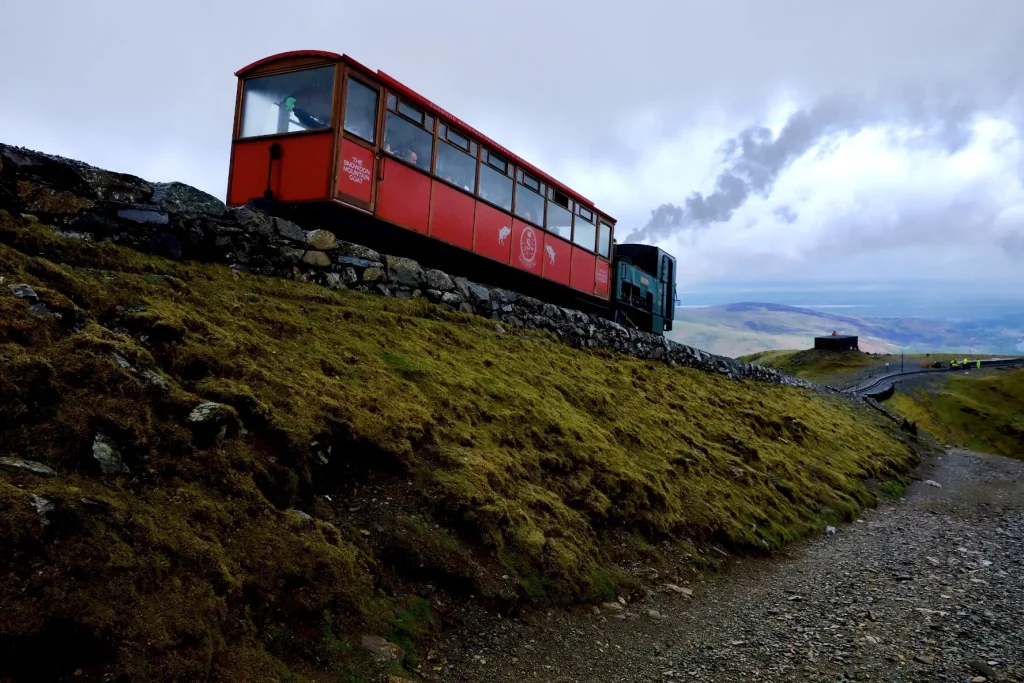
The bright red carriage and snaking railway track provided a really nice feature for some of my shots; not only adding context but also giving an idea of the scale of the vast lush green fields, towering peaks as well as the light sandstone, ochre and deep black coloured rocks of varying texture and geometry encountered along the way. The light turquoise of the minerally rich lakes, patch-worked on all sides of the mountain in which the abundant rainwater drains into contrasted nicely with the deep blue sky visible between the clouds at regular intervals throughout the day.
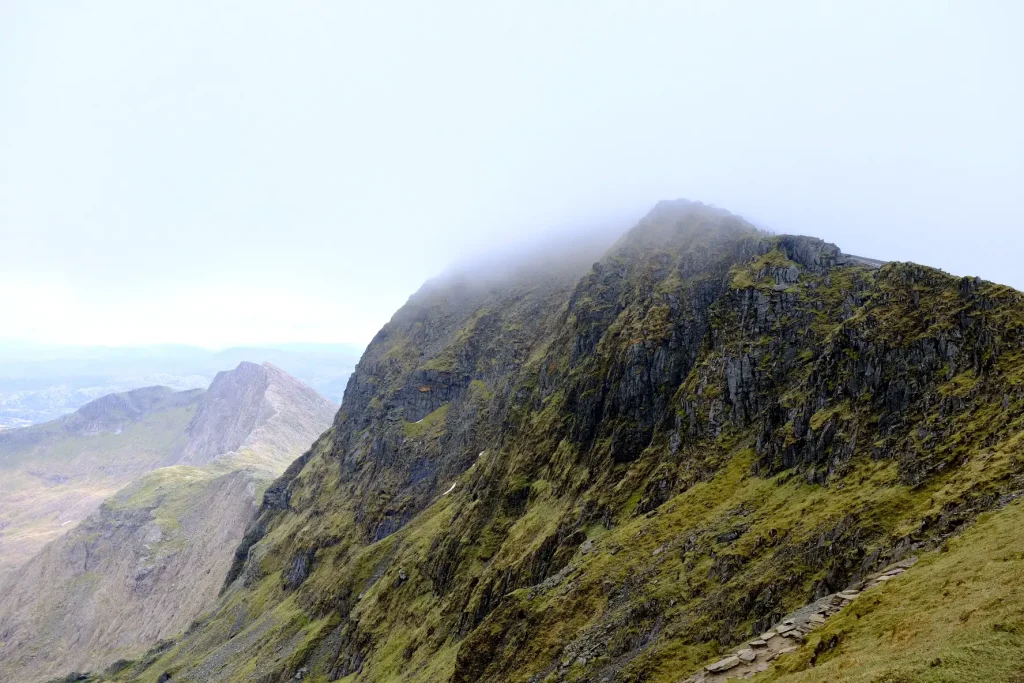
The final ascent was completed in a heavy, cold and humid fog; making us feel quite vulnerable despite our equipment; and we were pleased to make it to the top in just over 2 and a half hours. After a well earned rest and a sandwich, we could only marvel and the majesty of the region around us and only truly appreciated the amazing light, the wide spectrum of colours and the changeable, windy and cloudy weather which gave me the opportunity to shoot some rather moody scenes. The whole of journey down was completed with my camera in hand ready to capture combinations of rushing white and dark grey clouds, warm sunshine and steaming locomotives as they came and went past steadily, almost insolently when compared to my pounding, slow and laboured walk down the mountain.
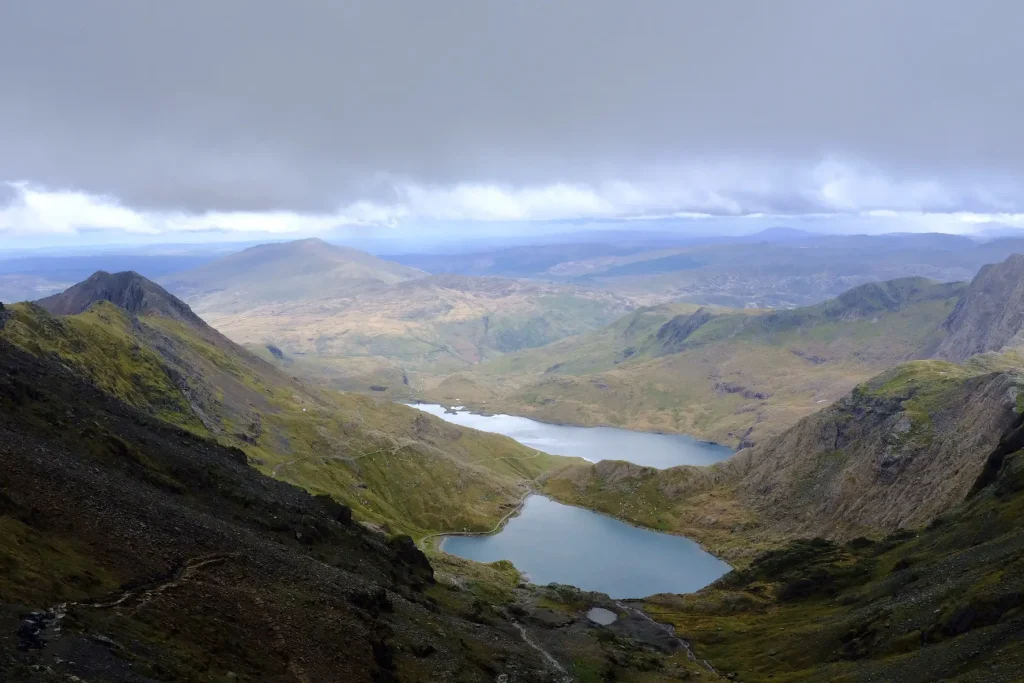
For once, there was no overthinking about which ISO settings, lens, shutter speed to use. The day was perfect and the countryside was beautiful… a photographers dream, irrespective of the gear or the medium employed.
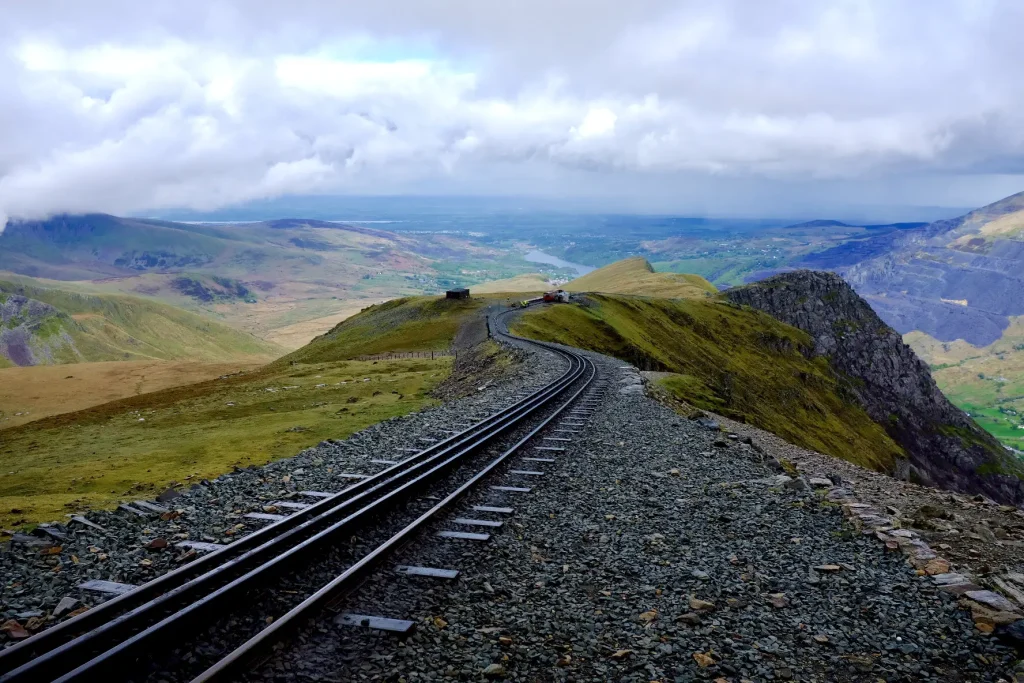
Best tip: go during the week to avoid the crazy crowds and pack some layers… waterproofs are essential.
More of my work on Instagram: https://www.instagram.com/cloud_surfer14/
Share this post:









Comments
Richard Bain on Shooting Snowdon with a Fuji x100F – by Pierre-Alix Favillier
Comment posted: 09/06/2019
Comment posted: 09/06/2019
Comment posted: 09/06/2019
Comment posted: 09/06/2019
Comment posted: 09/06/2019
Comment posted: 09/06/2019
Ivan on Shooting Snowdon with a Fuji x100F – by Pierre-Alix Favillier
Comment posted: 09/06/2019
Comment posted: 09/06/2019
Mark on Shooting Snowdon with a Fuji x100F – by Pierre-Alix Favillier
Comment posted: 09/06/2019
Thomas Stewart on Shooting Snowdon with a Fuji x100F – by Pierre-Alix Favillier
Comment posted: 09/06/2019
Comment posted: 09/06/2019
Zack on Shooting Snowdon with a Fuji x100F – by Pierre-Alix Favillier
Comment posted: 09/06/2019
RichardM on Shooting Snowdon with a Fuji x100F – by Pierre-Alix Favillier
Comment posted: 09/06/2019
David on Shooting Snowdon with a Fuji x100F – by Pierre-Alix Favillier
Comment posted: 10/06/2019
Many years ago, I spent quite a lot of time walking and climbing in Snowdonia and your images bring back many happy memories. In those days, I always carried a Minox GT or an Olympus OM-1 in the hills and the Zuikko 2.8/28 lens was probably my most used lens, although a 50 and 2.8/100 were nearly always in my bag, too.
Although I still mainly shoot film, on LTM and M Leicas today, I nearly always have my Fuji X100 (first version) as a back-up camera and for taking casual shots of family and friends. I also still use the Olympus and a battered Nikon FM and I would not hesitate to take them with me to the hills. For their size and weight, 35mm cameras are much more convenient than middle of large format.
On rare occasions I still make the effort to carry a Linhof Technika, tripod, lenses and film holders in the mountains, but those trips are usually for shots that are planned well in advance and dedicated to capturing images, rather than just enjoying the walk.
When I review my photos after a trip, I struggle to edit the (usually too many) digital images and notice that I am lazy about composition and take a lot of wasted images. With film, I am more disciplined and find more keepers than rejects, generally because I expose fewer frames and have a more deliberate approach.
Do you find that you take the same type or different images with digital vs film cameras?
Comment posted: 10/06/2019